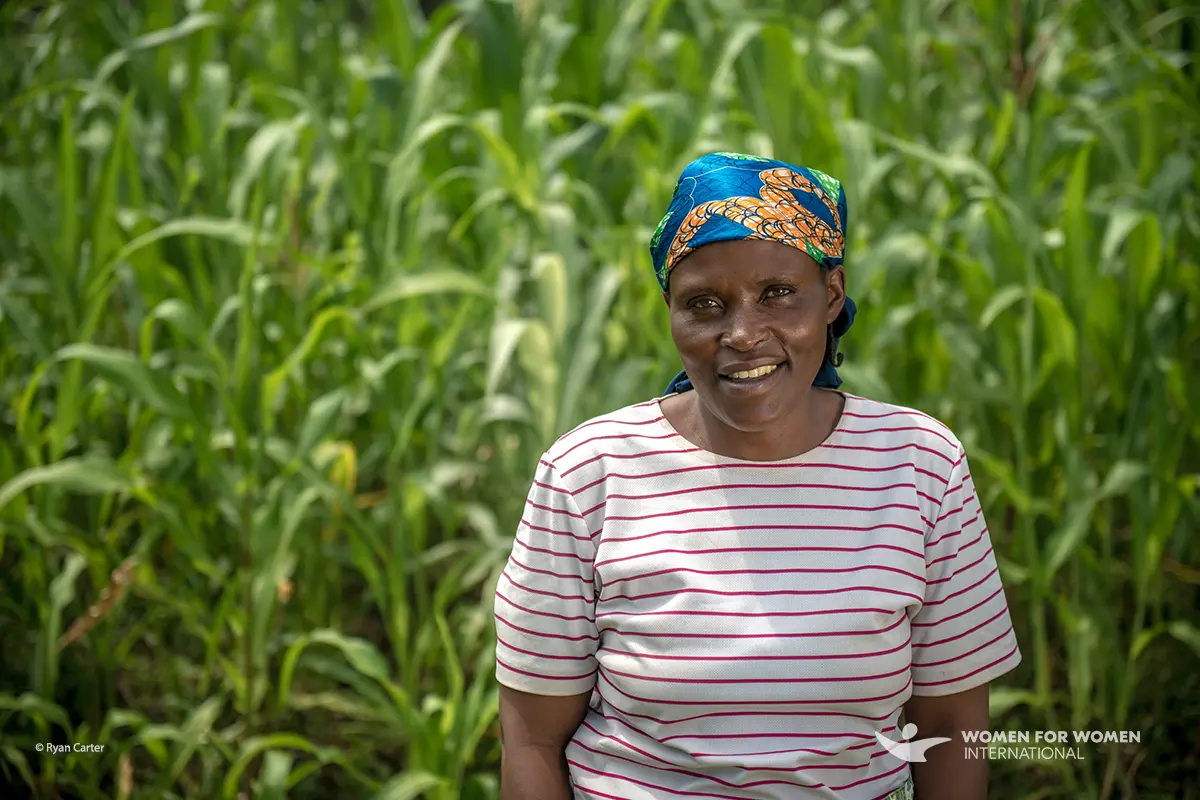Search:

News | 25 Apr, 2024
Washington DC, April 25, 2024 — Four new projects are addressing gender-based violence in the context of climate and conservation action through funding from the Resilient, Inclusive and Sustainable Environments (RISE) grants challenge across Central America, Eastern and Southern Africa and…

Story | 02 Nov, 2023

News | 18 Oct, 2023
The International Union for Conservation of Nature (IUCN) in collaboration with the Association for Strengthening Agricultural Research in Eastern and Central Africa (ASARECA), under the leadership of the Ministry of Agriculture, Animal Industry and Fisheries…

Story | 06 Jun, 2023
Resilience fund approach to sustainable ecosystem restoration
Connecting and integrating productive, financial and social activities around farming and pastoralist communities in the Democratic Republic of the Congo.

Story | 05 Dec, 2022
The Restoration Initiative: A Democratic Republic of the Congo story
Shining a new light on the Democratic Republic of the Congo’s Indigenous Pygmies

Press release | 20 Jul, 2022
Rangers from Zimbabwe, Kenya and DRC among global award winners
Kigali, Rwanda, 20 July 2022 (IUCN) - At the IUCN Africa Protected Areas Congress, twelve rangers and ranger teams from around the world received an International Ranger Award today for their extraordinary commitment to protecting nature and helping local communities.

Blog | 20 Apr, 2021
A Place to Call Her Own: Land titling and gender-based violence in South Kivu, DRC
In the South Kivu province of the Democratic Republic of Congo (DRC), there are no female chiefs or heads of wards across the 40 villages in Walungu. The low level of representation in these leadership spaces means that women face an uphill battle when it comes to accessing land rights.

Story | 05 Sep, 2019
Where lions go, Africa goes. Unlocking the value of lions and their landscapes
Lions and their landscapes are a major part of Africa’s lifeblood indicator. Facing a catastrophic decline in lion population and habitat, a fresh report is the first to look in detail at the wider ecosystem services lions and…

Story | 22 May, 2019
Restoration opportunities in the heart of DRC
IUCN, the government, partners, and a key local governance working group collaborate to ensure sustainable land management in the Democratic Republic of Congo’s Mangai landscape – through the application of the restoration opportunities assessment methodology.

Story | 04 Oct, 2018
Establishing the Governance Working Group in the Mangai landscape in the Democratic Republic of Congo (DRC) is a crucial step in managing forests landscapes
